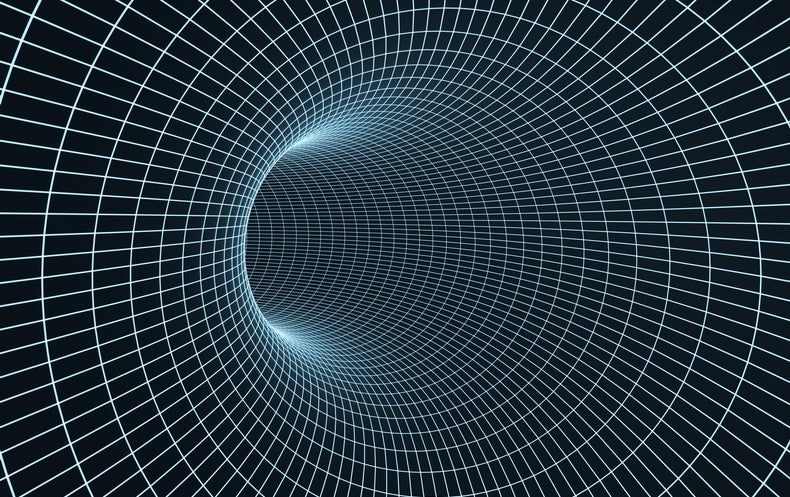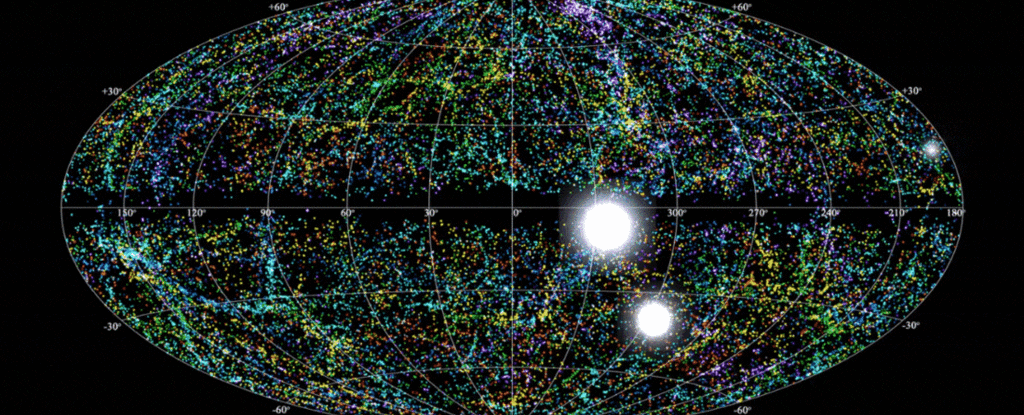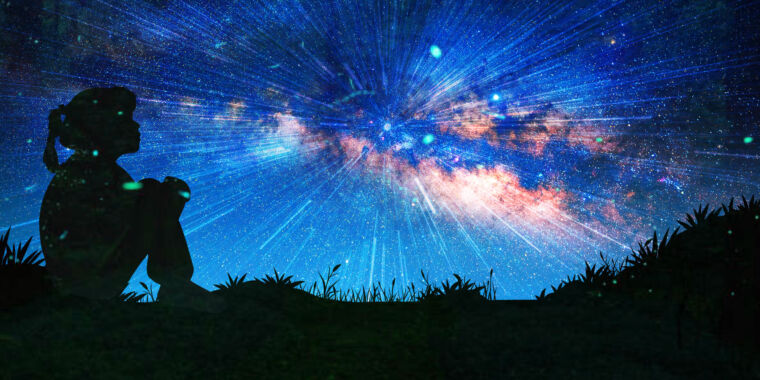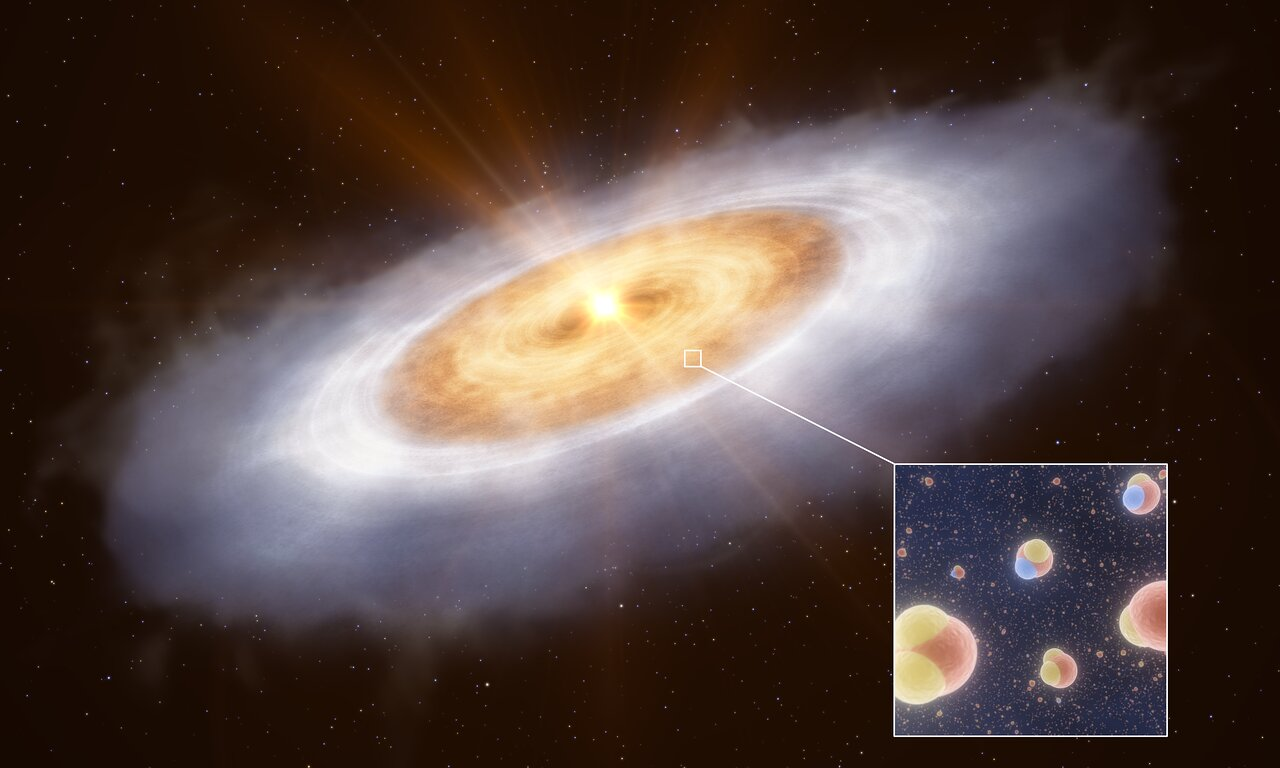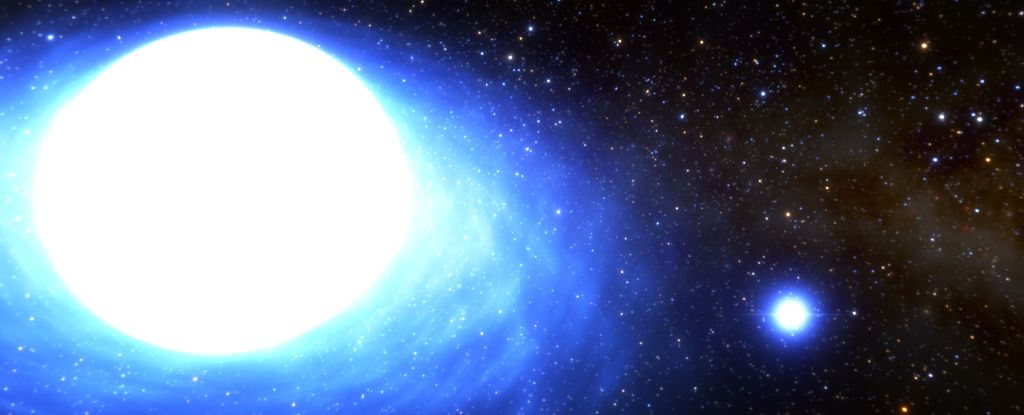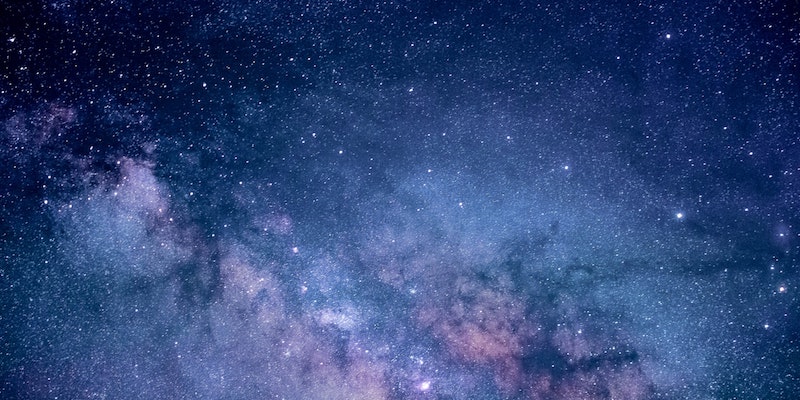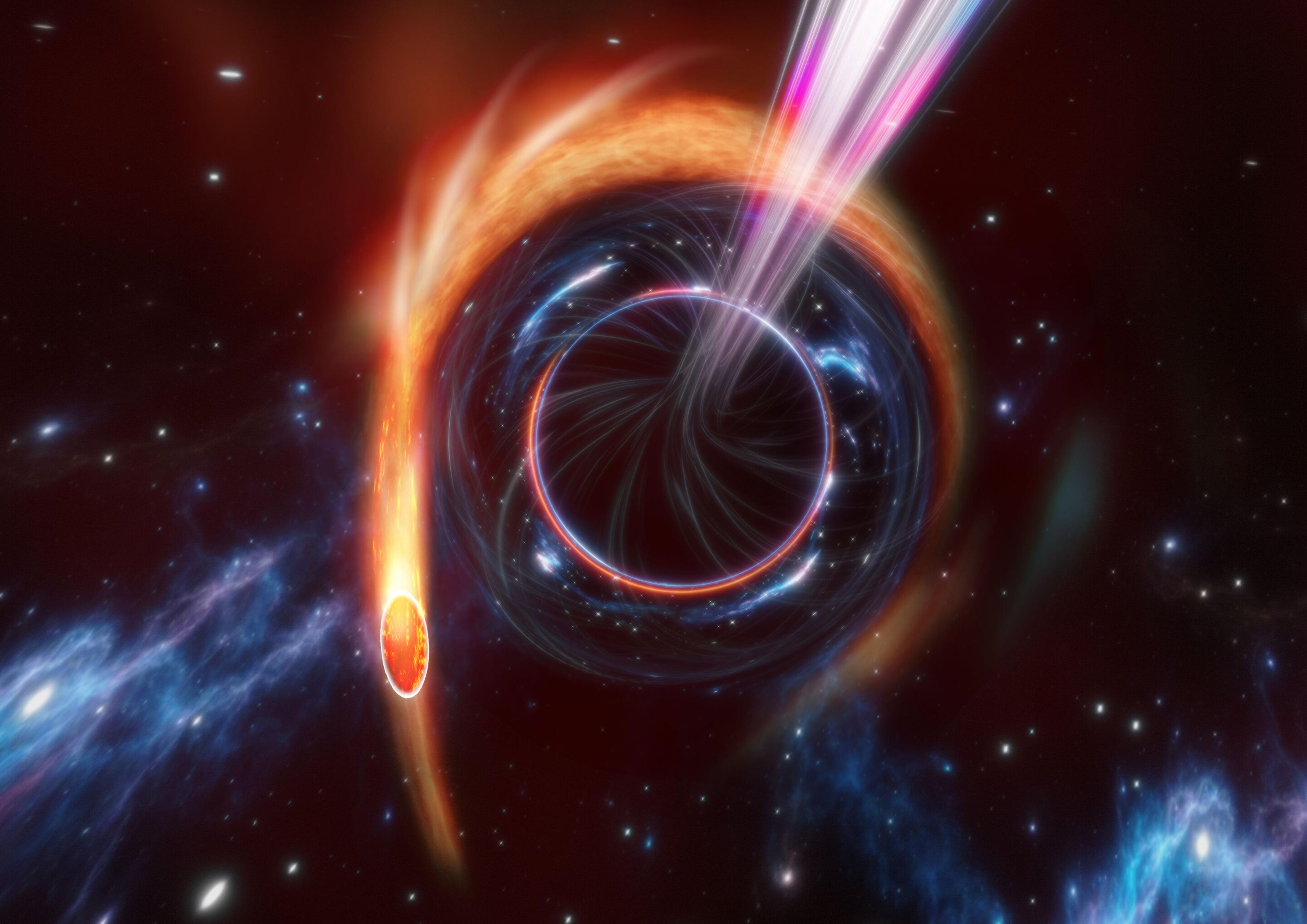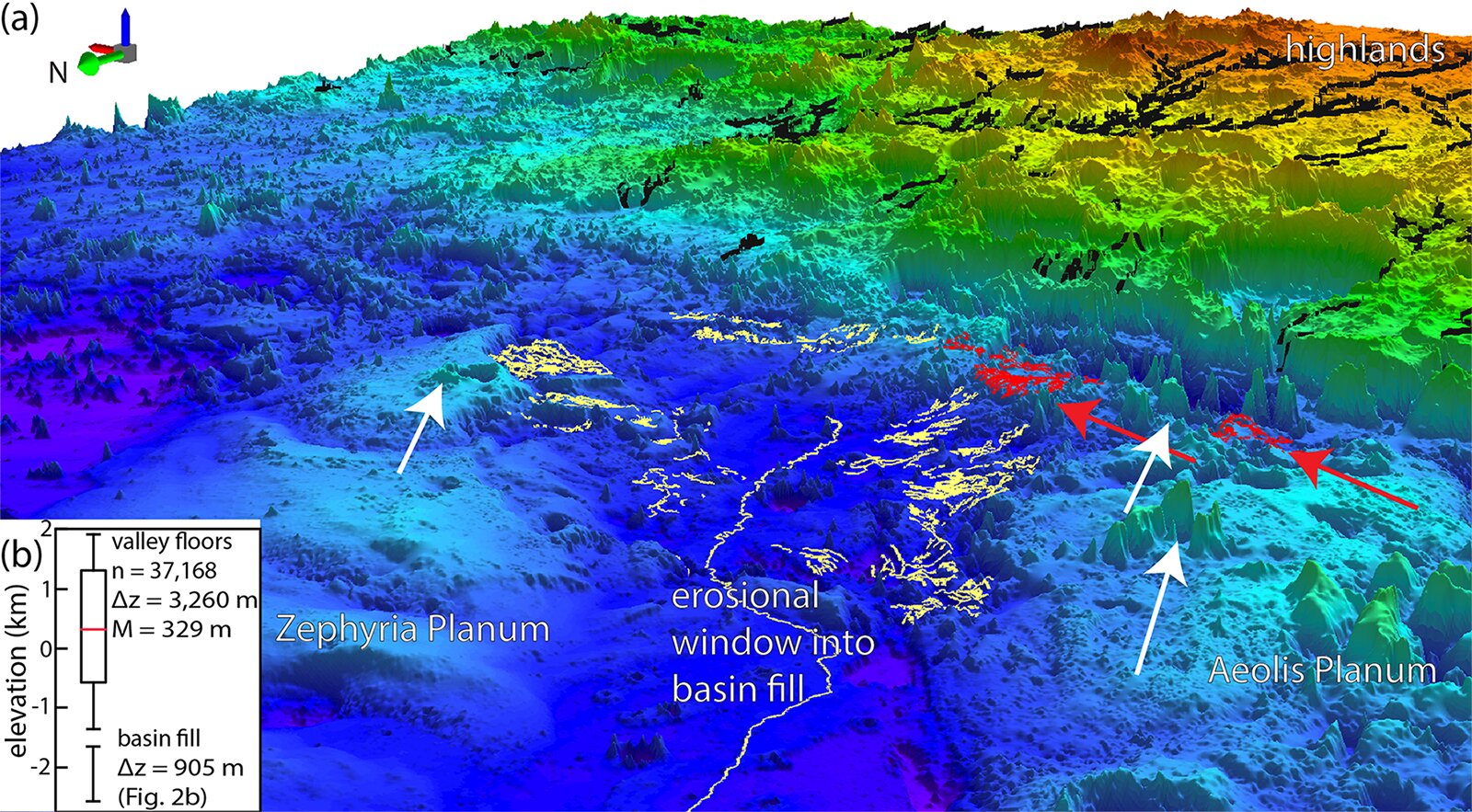I'm finding this one very hard to wrap my head around.
The basic idea sounds very cool : simultaneously explain dark energy and prevent black holes from having a singularity. And as a bonus, also explain why black holes are apparently growing in size. That's all ruddy marvellous. But how exactly does it work ?
If mass growth of black holes only occurred through accretion or merger, then the masses of these black holes would not be expected to change much at all. However if black holes gain mass by coupling to the expanding universe, then these passively evolving elliptical galaxies might reveal this phenomenon.
“Here’s a toy analogy. You can think of a coupled black hole like a rubber band, being stretched along with the universe as it expands,” said Croker. “As it stretches, its energy increases. Einstein’s E = mc2 tells you that mass and energy are proportional, so the black hole mass increases, too.”
Right, okay, with you so far. An expanding universe can make black holes grow in mass, because handwaviumrelativitytheoryhandwavium is all very complicated. I'm willing to accept that the expansion of the universe can do weird things on small scales, especially, as he says in an earlier interview (will put link in the comments), with only noticeable effects on "relativistic" materials - black holes and neutron stars, basically. Not much at all would happen to other objects. And he also says that the properties of dark energy could be mimicked by a distribution of objects that gets more dispersed but more massive, so as to keep its density constant. That's a bit trickier.
Where I come really unstuck is this :
Croker added, “This measurement, explaining why the universe is accelerating now, gives a beautiful glimpse into the real strength of Einstein’s gravity. A chorus of tiny voices spread throughout the universe can work together to steer the entire cosmos. How cool is that?”
It seems that as they imply here and state more explicitly elsewhere, it's not that dark energy is making black holes grow, it's the other way around : black holes are dark energy. And that's what I don't get at all. How does this change in mass of black holes, which are in general nowhere near as massive as their host galaxies, have anything to do with making the expansion of the universe accelerate ? If anything I would expect the opposite. With the galaxy/BH distribution being approximately uniform on the largest scales, if each one gets more massive, I would expect more gravity and therefore a deceleration.
I am missing something very fundamental here.
#Science
#Astrophysics
https://www.ifa.hawaii.edu/2023/02/first-observational-evidence-linking-black-holes-to-dark-energy/

